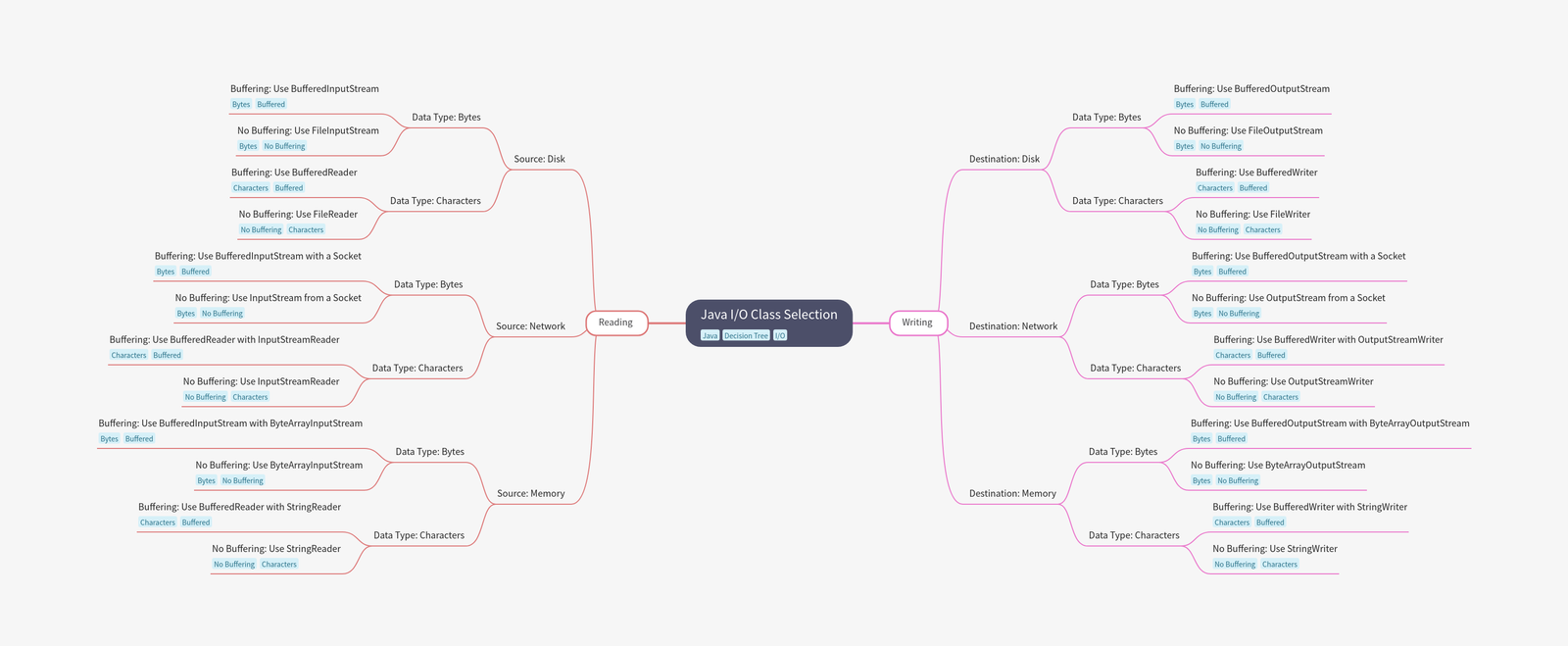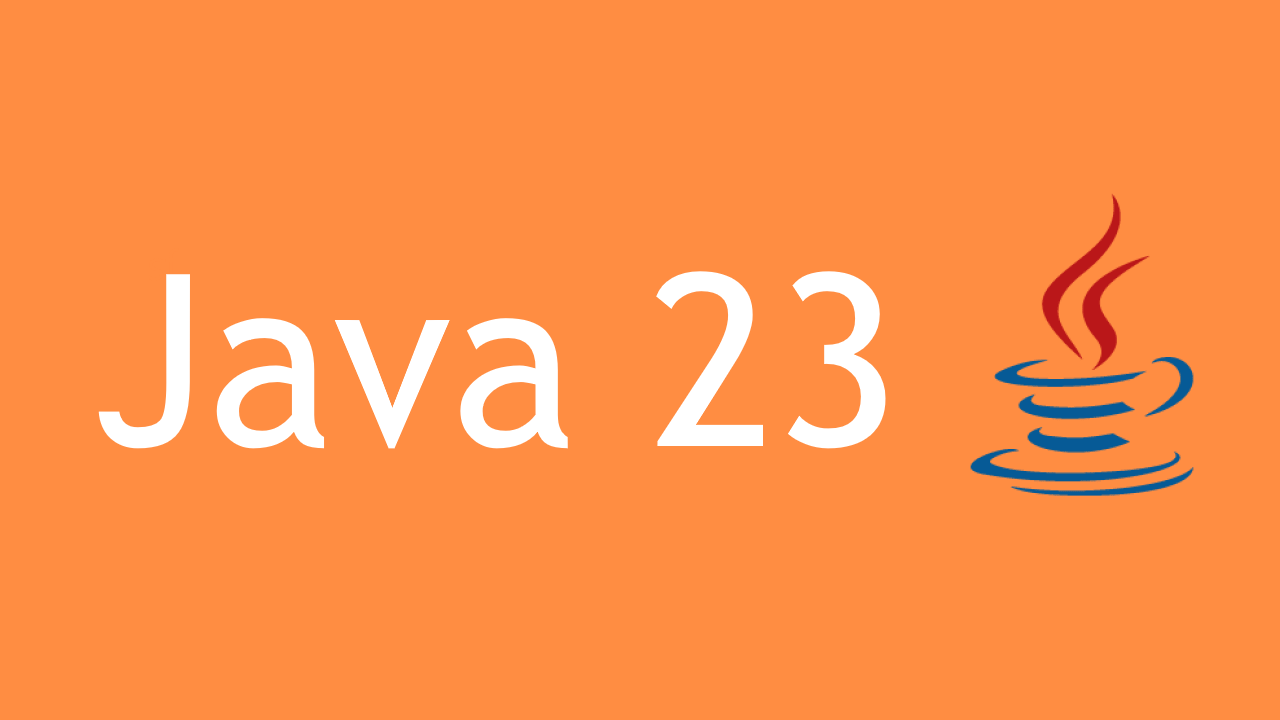In Java, parsing dates from strings is a fundamental task, particularly when working with data entry, logs, or external data feeds that provide date-time information as text. Java’s java.time package, introduced in Java 8, provides robust classes like DateTimeFormatter, LocalDate, LocalDateTime, and ZonedDateTime to streamline the conversion of date strings to structured date objects. Let’s explore all the possibilities to convert a string to a date.
Introduction to Date Conversion
The process of converting a string into a structured date object in Java often requires specifying the exact format of the input string. This is achieved using the DateTimeFormatter class, which allows for the customization of date and time patterns to match various string formats.
Example 1: Converting a Date String to a LocalDate Object
For cases where the date string only includes year, month, and day, the LocalDate class is optimal for parsing the input into a date object. Below is an example of how to achieve this conversion using DateTimeFormatter.
import java.time.LocalDate;
import java.time.format.DateTimeFormatter;
import java.time.format.DateTimeParseException;
public class DateConverter {
public static void main(String[] args) {
String dateString = "2024-03-04";
DateTimeFormatter formatter = DateTimeFormatter.ofPattern("yyyy-MM-dd");
try {
LocalDate date = LocalDate.parse(dateString, formatter);
System.out.println("Parsed Date: " + date);
} catch (DateTimeParseException e) {
System.out.println("Error: Date format does not match expected pattern.");
}
}
}Explanation of Key Components
- Pattern Specification: The
DateTimeFormatter.ofPattern("yyyy-MM-dd")method specifies the format expected for the input date string. Here,yyyy-MM-ddindicates the year, month, and day in numeric form. - Parsing:
LocalDate.parse(dateString, formatter)converts the string to aLocalDateobject using the defined pattern. - Error Handling: A
DateTimeParseExceptionis thrown if the input string does not match the expected pattern, providing error resilience.
Example 2: Parsing Date and Time Using LocalDateTime
When the input string contains both date and time components, LocalDateTime provides the required precision to capture the additional details.
import java.time.LocalDateTime;
import java.time.format.DateTimeFormatter;
import java.time.format.DateTimeParseException;
public class DateTimeConverter {
public static void main(String[] args) {
String dateTimeString = "2024-03-04T14:30:00";
DateTimeFormatter formatter = DateTimeFormatter.ofPattern("yyyy-MM-dd'T'HH:mm:ss");
try {
LocalDateTime dateTime = LocalDateTime.parse(dateTimeString, formatter);
System.out.println("Parsed Date and Time: " + dateTime);
} catch (DateTimeParseException e) {
System.out.println("Error: DateTime format does not match expected pattern.");
}
}
}- Date-Time Pattern: The
DateTimeFormatterpattern"yyyy-MM-dd'T'HH:mm:ss"specifies both date and time, usingTas a delimiter between the date and time sections. - Precision:
LocalDateTimecaptures up to seconds in the date and time string, which is suitable for logging and timestamping. - Error Handling: A mismatch in the format results in
DateTimeParseException, making error handling essential in production environments.
Example 3: Parsing Date and Time with Time Zone Information Using ZonedDateTime
For scenarios requiring time zone information, such as coordinating activities across different regions, ZonedDateTime is suitable.
import java.time.ZonedDateTime;
import java.time.format.DateTimeFormatter;
import java.time.format.DateTimeParseException;
public class ZonedDateTimeConverter {
public static void main(String[] args) {
String zonedDateTimeString = "2024-03-04T14:30:00+02:00[Europe/Paris]";
DateTimeFormatter formatter = DateTimeFormatter.ofPattern("yyyy-MM-dd'T'HH:mm:ssXXX'['VV']'");
try {
ZonedDateTime zonedDateTime = ZonedDateTime.parse(zonedDateTimeString, formatter);
System.out.println("Parsed Zoned Date and Time: " + zonedDateTime);
} catch (DateTimeParseException e) {
System.out.println("Error: ZonedDateTime format does not match expected pattern.");
}
}
}- Zone Information:
ZonedDateTimeincludes zone offset and region (e.g.,+02:00[Europe/Paris]), allowing for precise conversions across different time zones. - Pattern Usage: The pattern
"yyyy-MM-dd'T'HH:mm:ssXXX'['VV']'"includes the time zone format (XXX) and the zone identifier (VV), ensuring the date string matches the specified format. - Practicality:
ZonedDateTimeis particularly useful in distributed systems and scheduling applications.
Key Takeaways
- Pattern Consistency: The pattern specified in
DateTimeFormattermust precisely match the date string format to ensure accurate parsing. Common placeholders includeyyyyfor year,MMfor month, andddfor day, whileHH,mm, andssare used for hours, minutes, and seconds, respectively. - Appropriate Class Selection: Choose the appropriate date class (
LocalDate,LocalDateTime, orZonedDateTime) based on the information contained in the string.LocalDateis suitable for date-only strings,LocalDateTimefor date-time strings, andZonedDateTimefor date-time with time zone information. - Error Management: Always handle
DateTimeParseExceptionto ensure the application can gracefully handle unexpected date formats.
In order to convert a string to date objects in Java, the process is straightforward when using DateTimeFormatter with the appropriate date-time classes. Understanding the format patterns and selecting the correct class for the date format enables robust and maintainable date parsing across applications.






Leave a Reply